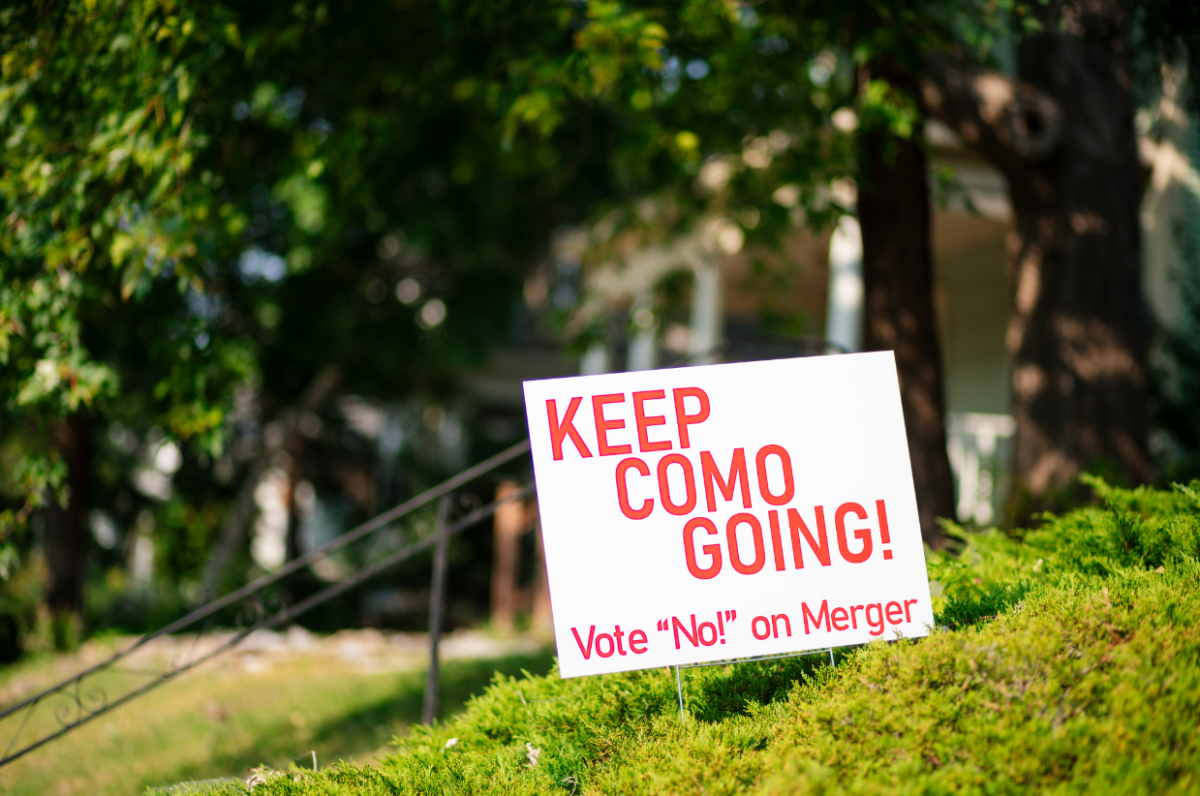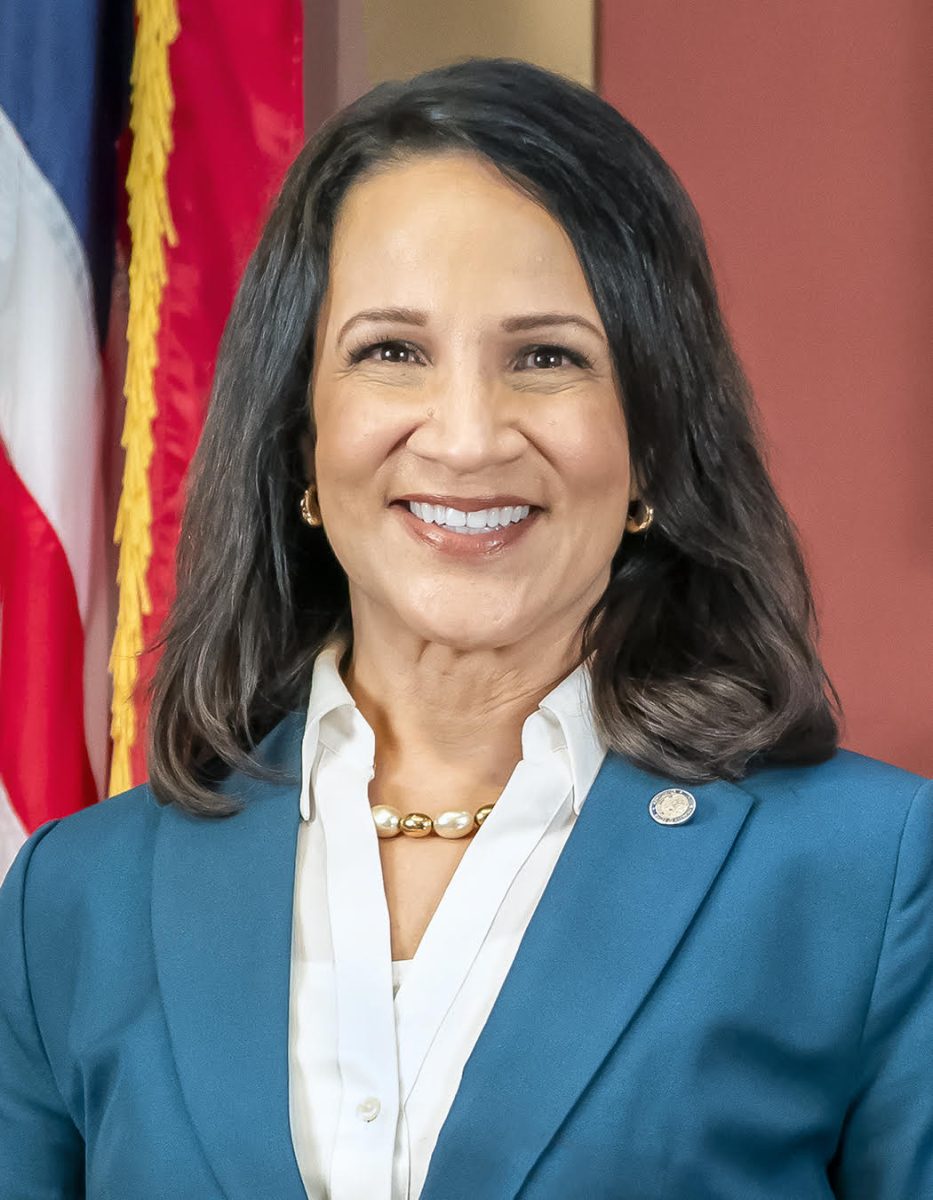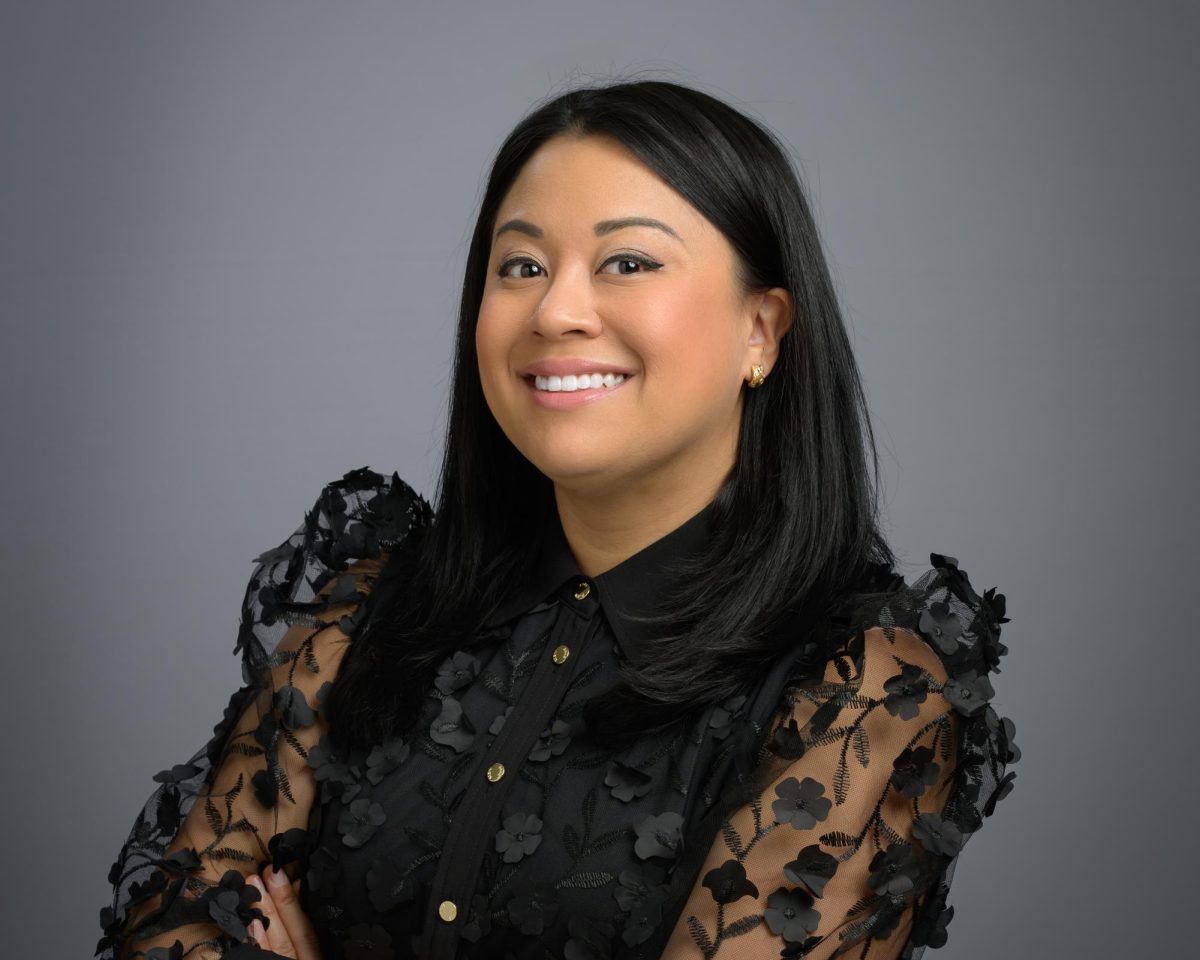Three neighborhood associations near the University of Minnesota are planning a public vote on a permanent neighborhood association merger on Sept. 19.
The Marcy-Holmes (MHNA), Southeast Como (SECIA) and Nicollet Island boards approved the East Bank Neighborhood Association Partnership plan in August, however, the association partnership plan is facing pushback from some SECIA community members.
The Nicollet Island group will begin voting on Sept. 19, SECIA members on Sept. 28 and MHNA members on Oct. 1.
Homeowners and renters of the three neighborhoods will have 72 hours to cast their votes.
President of SECIA DeWayne Townsend said holding a community vote is a crucial step in the merger process because association boards are not necessarily representative of entire neighborhoods.
Chris Lautenschlager, executive director of MHNA, said a waiting period between board approvals and neighborhood voting allows time for community members to understand the merger plan.
“We knew that people would need time to read about this, learn about this, ask questions about this, be mad (or) happy about this (and) advocate for (or) agitate against it,” Lautenschlager said.
Townsend said the partnership will remedy diminishing financial support from the city by combining the financial and personnel resources of the three neighborhood associations to create a more productive organization.
“The concern we had is that without joining forces, we wouldn’t have the bandwidth to do even the simplest things like the Como Cookout,” Townsend said.
Funding from the city government for Minneapolis neighborhoods has been declining for years, according to Nicollet Island Secretary Barry Clegg.
The combined association would receive over $140,000 annually from the city, according to an FAQ document about the partnership.
Clegg said the Nicollet Island Board believes being a part of a larger organization with more resources is preferable to remaining a stand-alone association.
“We’ll be a small part of this organization, but together we’ll have much more capability,” Clegg said. “Most people on the board would rather be a smaller voice in a larger organization that has more influence than a smaller voice, period.”
Townsend said University students will also benefit from a merged organization because it will have a greater capacity to “be more responsive to student needs and student issues” such as off-campus living.
The merged association would form a 15-person board with three members elected from each neighborhood and five members must be renters, according to Townsend. The remaining six board seats would be elected from the merged area at large, according to a summary of the merger plan. University students will also be eligible as board members.
If the three neighborhoods vote in favor of the merger, an interim board would be formed until the first official board elections in the fall of 2025.
Not everyone is on board for one board
Larry Crawford, a Southeast Como resident, said he started an online petition titled “Keep Como Going” and posted signs of the same slogan around the neighborhood to encourage residents to vote against the merger.
Crawford, who also serves on SECIA’s board, added he opposes the merger because neighborhood associations are strongest as autonomous, local organizations.
“When you merge things together you lose that local sense,” Crawford said. “The organizations, as far as I can tell, usually kind of wither away because people don’t feel a close adherence to it or engagement with it.”
Lautenschlager said those opposed to the merger have unrealistic expectations for how the neighborhood associations will continue to successfully function autonomously.
“It’s an unfortunate initiative by individuals who overestimate their ability to run a neighborhood association,” Lautenschlager said.
Questions about the neighborhood association partnership can be sent here.















Larry Crawford
Sep 13, 2024 at 7:27 pm
Article: ““It’s an unfortunate initiative by individuals who overestimate their ability to run a neighborhood association,” Lautenschlager said.” Chris Lautenschlager’s statement seems off the mark. The “Keep Como Going” group of Como neighbors includes one former president of the Como SECIA neighborhood association, and five former SECIA board members and officers (including Treasurer position). So the neighbors advocating for a local and independent Como neighborhood organization would seem to have an abundance of experience running a neighborhood association. The “Keep Como Going” page at iPetitions provide more information. We look forward to the Como community vote on this merger proposition.